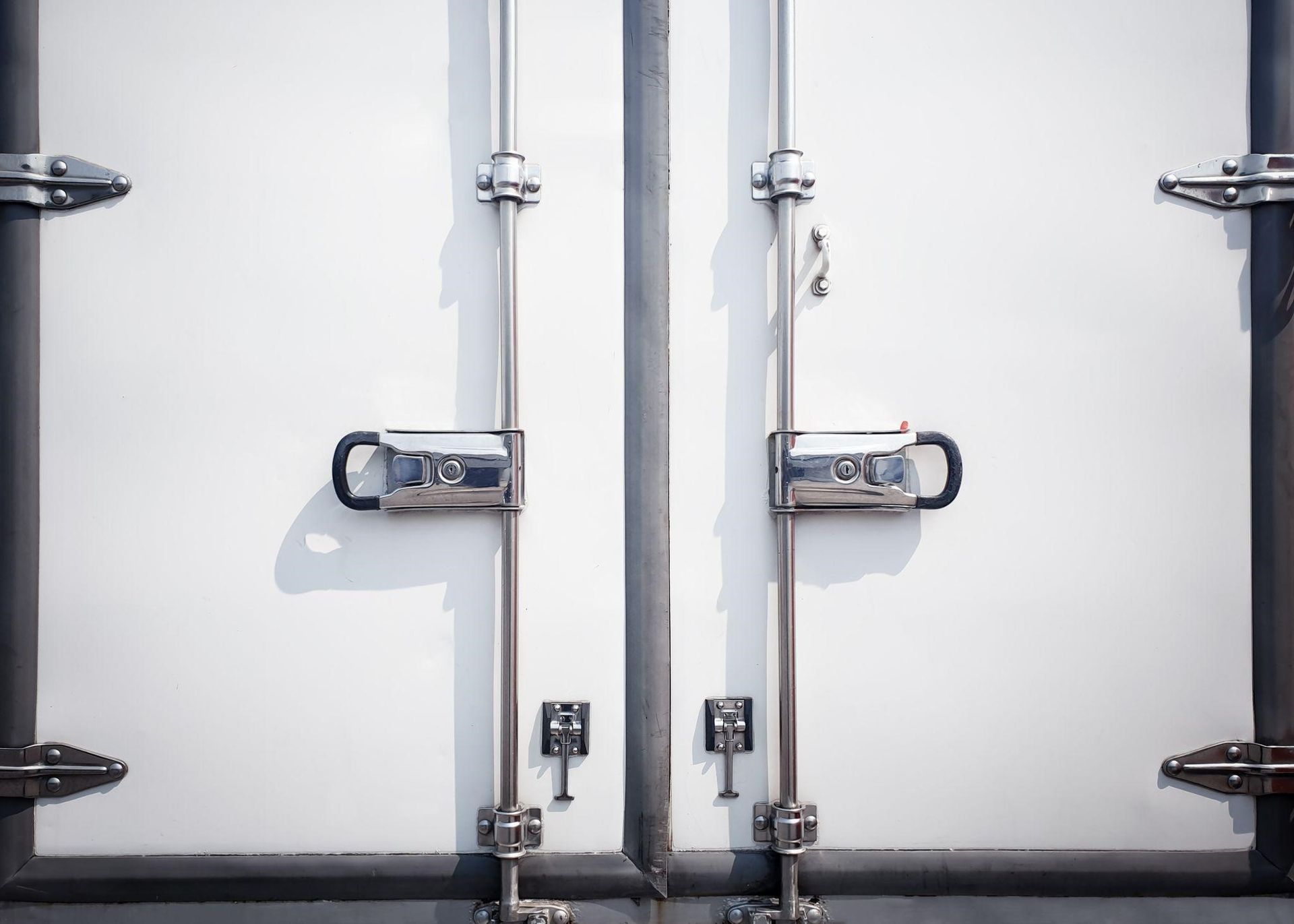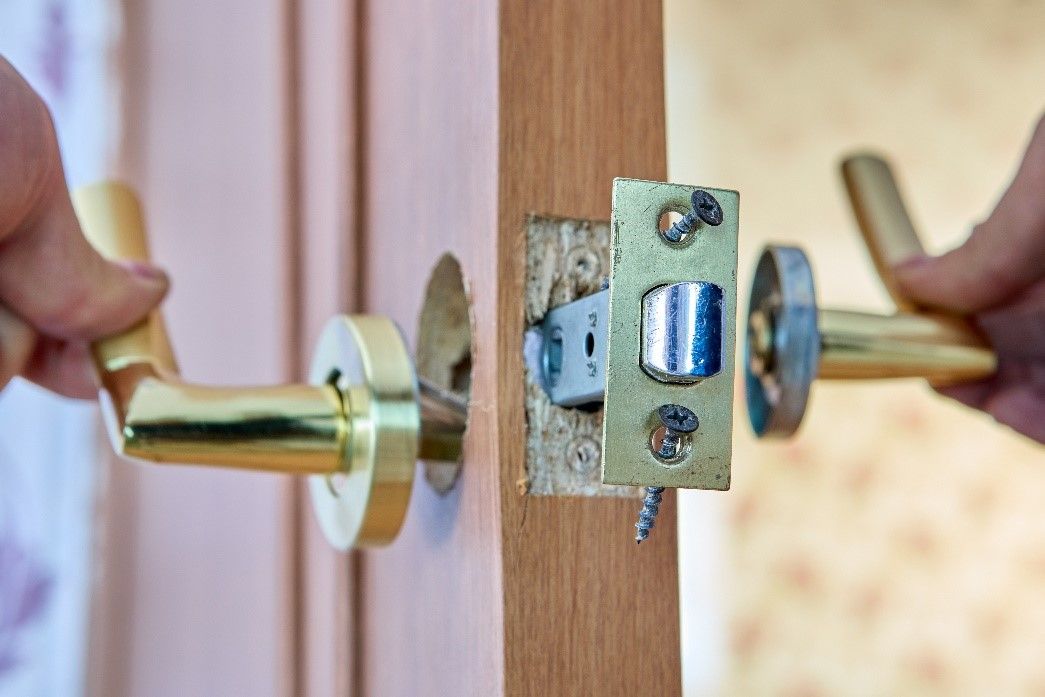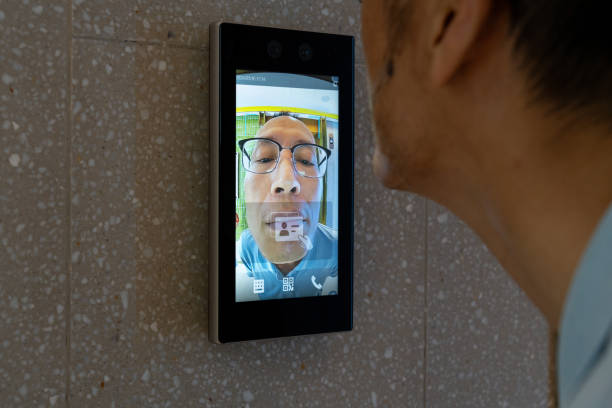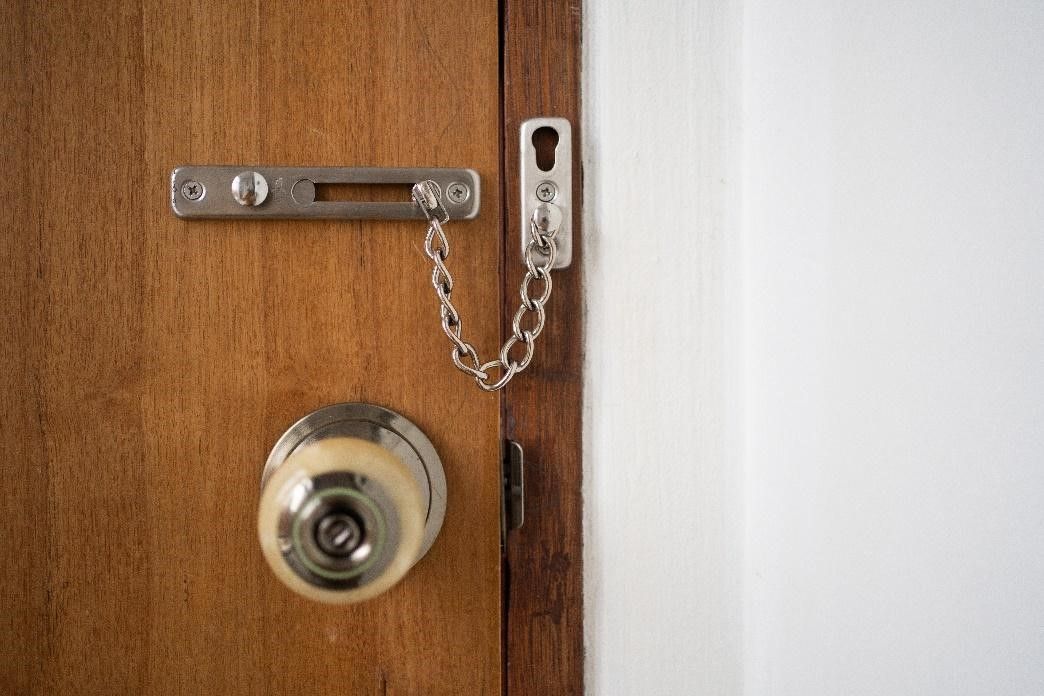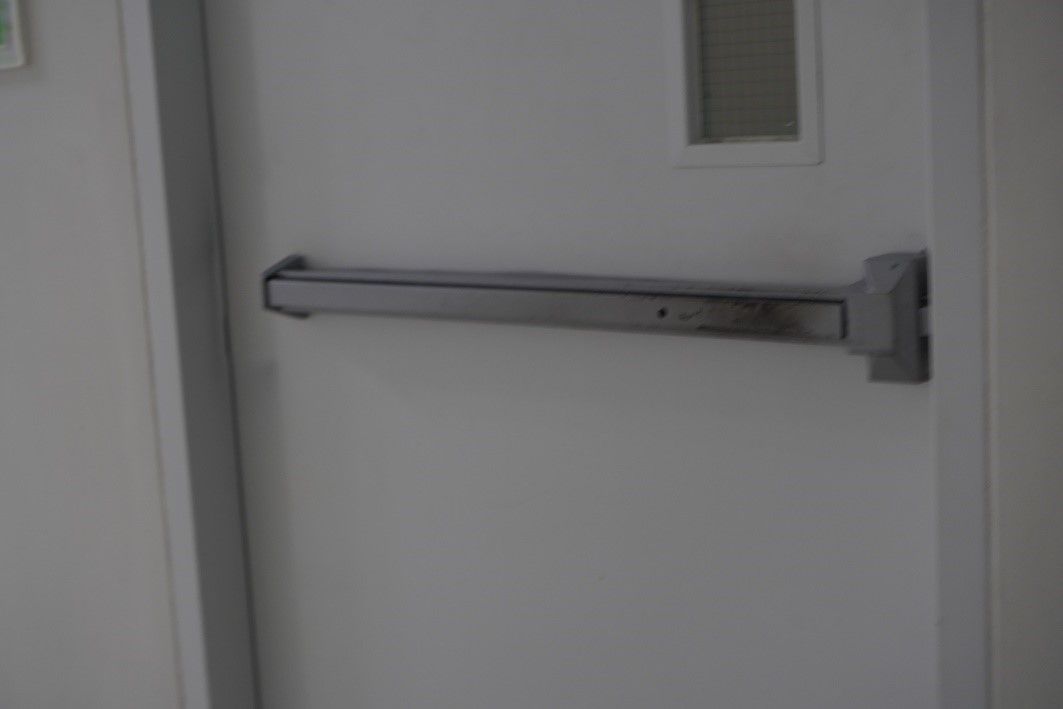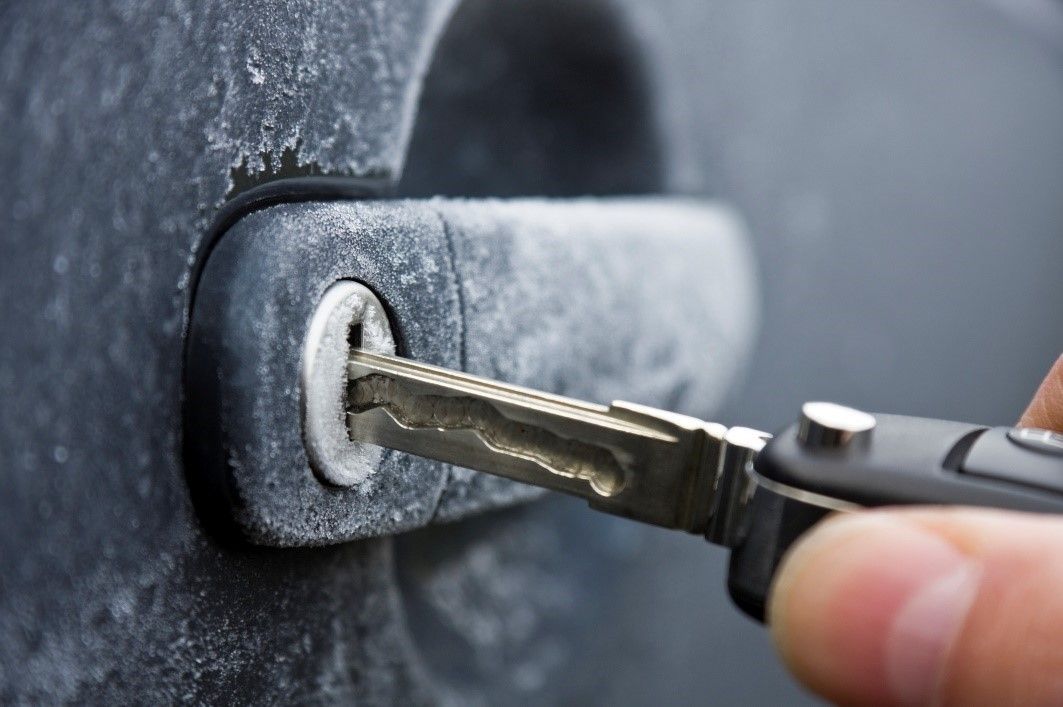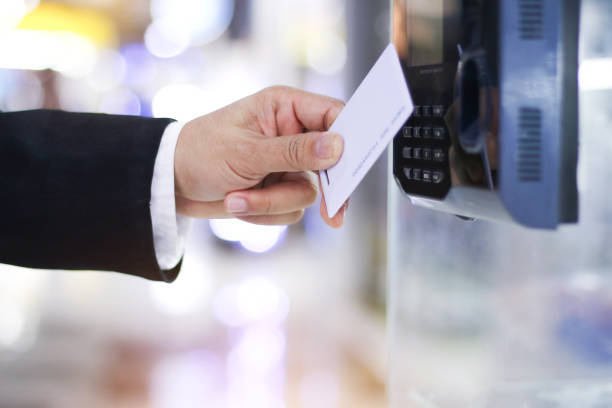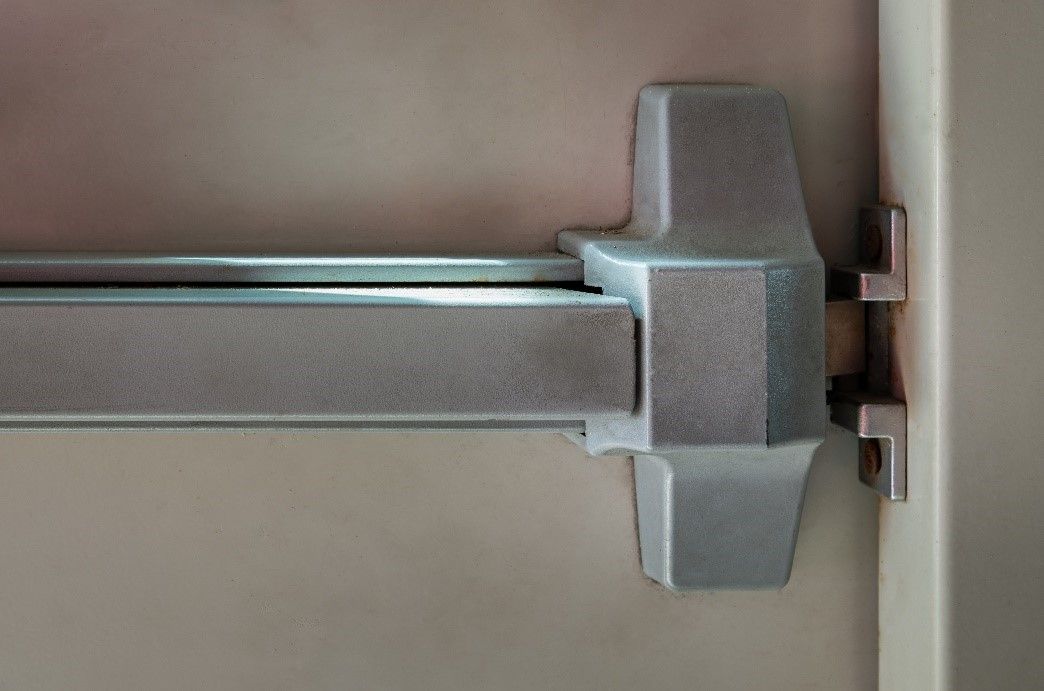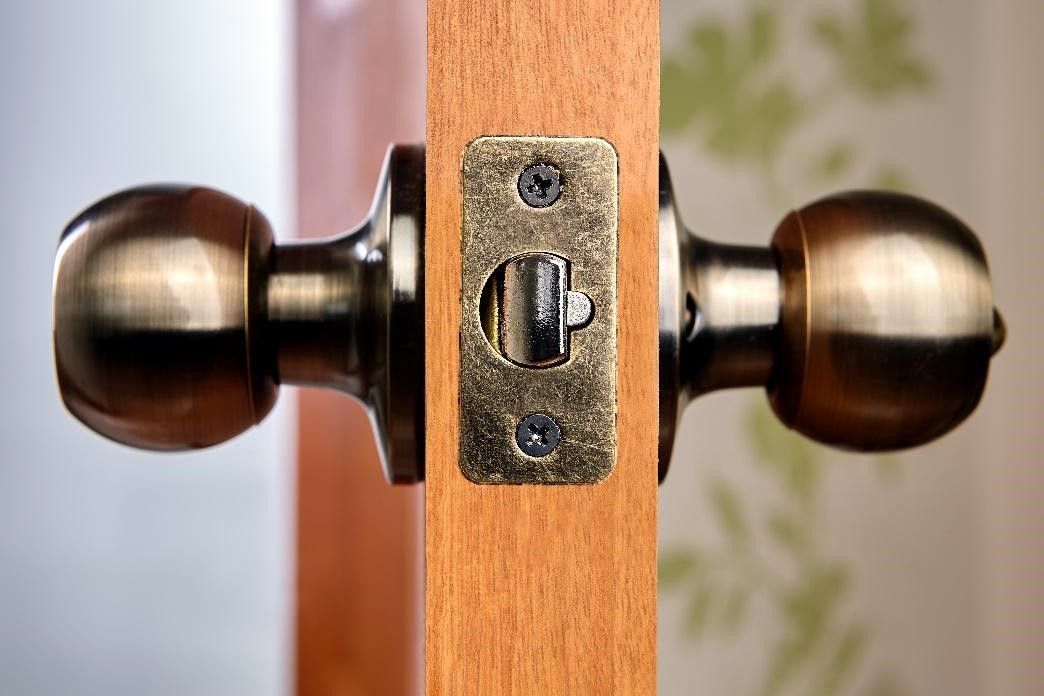Emergency Exit Doors: Selecting the Right Lock for Access Control
New Title
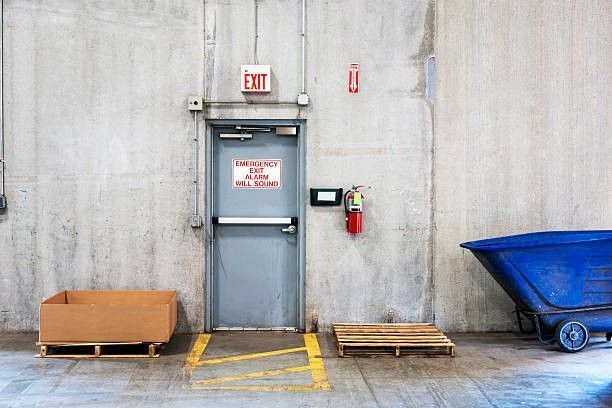
Emergency exit doors are fundamental components of a building’s safety infrastructure, as they prevent unauthorized access and provide a means of egress during emergencies. However, it is equally critical to ensure they are properly secured with locks that adhere to building codes and safety regulations. With that in mind, here's an emergency exit door lock selection guide to help you.
Magnetic Locks
Magnetic locks feature electromagnets mounted on the door frame and armature plates attached to the door. They operate by energizing the magnet, causing it to attract and bond with the plate. In the event of power loss, the lock disengages automatically, enabling the user to pass through.
These locking mechanisms are known for their reliability and are commonly used in high-traffic areas such as lobbies and loading docks. They ensure swift egress in emergencies, and their simple yet effective design makes them a popular choice for securing entry points while prioritizing safety.
Electric Locks
Electric locks feature a bolt or latch securing the door against a strike plate with an electrically charged mechanism. When activated, the charge retracts the bolt, allowing the door to open. Unlike magnetic locks, they are designed as fail-secure devices, remaining locked by default unless unlocked by authorized personnel.
To adhere to safety regulations, electric locks have request-to-exit (REX) devices, such as push bars, so that they can be opened from the inside without access credentials. This makes them ideal for securing sensitive areas like server rooms, ensuring restricted access at all times, and facilitating one-directional traffic outwards during emergencies.
Delayed Egress
Unlike magnetic and electric locks, delayed egress locking systems are designed to prevent immediate door opening upon exit attempts. When in locked mode, they introduce a delay of 15 to 30 seconds before allowing exit.
A delayed egress lock is often connected to an alarm, which immediately alerts security when there is an attempted use. They are commonly utilized in facilities prone to theft and unauthorized exit, such as warehouses and retail centers.
Controlled Egress
These mechanisms employ electromagnetic locks or delayed egress devices managed via remote releases. Unlike standard delayed egress locks, they do not trigger timers and remain locked until manually released. As such, they are used in detoxification centers and memory care facilities, where it is crucial to prevent patient wandering.
These systems ensure compliance with NFPA and I-Code regulations by providing remote releases for immediate exit, emergency lighting, and automatic relocking features. They also enhance security by allowing facility staff to unlock controlled exit doors at any time.
Select Locks With Oliphant Lock & Safe’s Expertise
Selecting the right emergency exit door lock requires many considerations. Understanding the differences between systems can help you make the right decision. For guidance in choosing the best lock for your needs, contact Oliphant Lock & Safe today. With our expertise, we can ensure the safety and security of your building.

